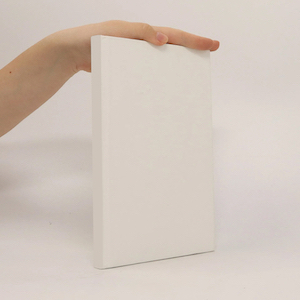
Parametre
Kategórie
Viac o knihe
Basic Sciences in Ophthalmology aims to link clinical ophthalmology directly to its basic science roots. This first volume describes the physics and chemistry required for a sound understanding of modern ophthalmology. The book opens with an extensive discussion of the interaction of light with matter and the way in which light is used in ophthalmic examinations and treatments. After describing traditional methods of imaging, particular emphasis is placed on modern instrumentation such as OCT. The interaction between light and tissues in different types of laser treatment is also addressed. The chemistry section focuses on compounds particularly relevant to the eye, such as oxygen and water. The origin and consequences of oxidative stress are reviewed, and the physical behavior of chemical compounds in the eye is explained. Understanding is facilitated through the use of many examples taken from the field of ophthalmology. The text is complemented by about 450 figures.
Nákup knihy
Basic Sciences in Ophthalmology, Josef Flammer
- Jazyk
- Rok vydania
- 2016
Doručenie
Platobné metódy
Navrhnúť zmenu
- Titul
- Basic Sciences in Ophthalmology
- Podtitul
- Physics and Chemistry
- Jazyk
- anglicky
- Autori
- Josef Flammer
- Vydavateľ
- Springer
- Rok vydania
- 2016
- ISBN10
- 3662507692
- ISBN13
- 9783662507698
- Kategórie
- Zdravie / Medicína / Lekárstvo
- Anotácia
- Basic Sciences in Ophthalmology aims to link clinical ophthalmology directly to its basic science roots. This first volume describes the physics and chemistry required for a sound understanding of modern ophthalmology. The book opens with an extensive discussion of the interaction of light with matter and the way in which light is used in ophthalmic examinations and treatments. After describing traditional methods of imaging, particular emphasis is placed on modern instrumentation such as OCT. The interaction between light and tissues in different types of laser treatment is also addressed. The chemistry section focuses on compounds particularly relevant to the eye, such as oxygen and water. The origin and consequences of oxidative stress are reviewed, and the physical behavior of chemical compounds in the eye is explained. Understanding is facilitated through the use of many examples taken from the field of ophthalmology. The text is complemented by about 450 figures.
